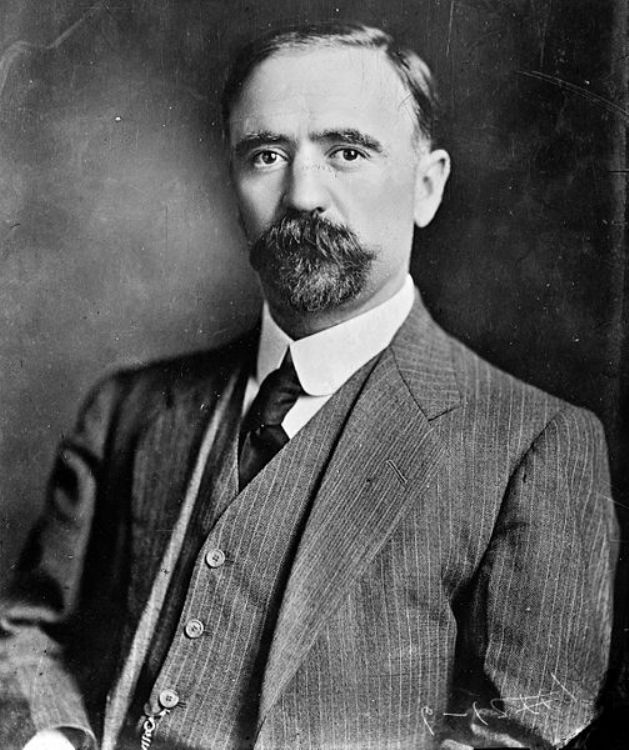
Francisco I. Madero, Biography and Information
He was born on the 30th of October 1873 at Hacienda el Ro...
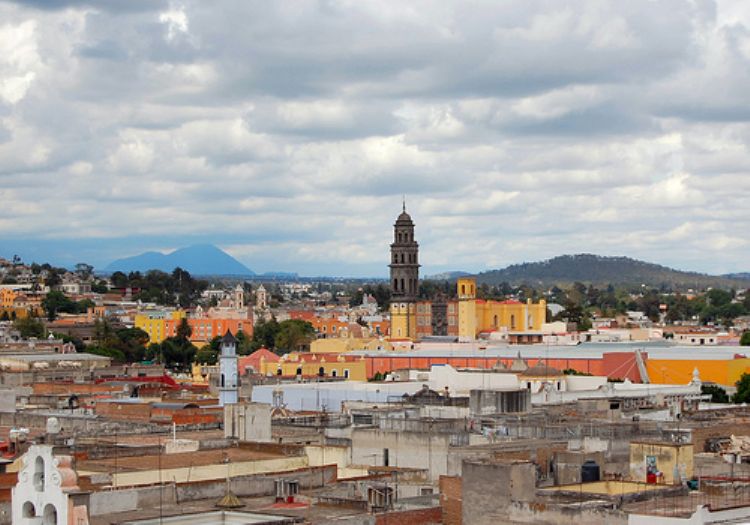
Angelopolis is the city founded by the angels according to the legend"â¦situated at the foot of the mountains of Loreto and Guadalupe, the city is one of the most ancient of Mexico. Full of life and color, it proudly keeps the origins of Mexico. Pre Columbian Mexico, colonial Mexico and modern Mexico come together in the beautiful Puebla de Los Angeles, for which the UNESCO declared it Patrimony of Humanity in the year 1987.
During the XIV and XV centuries, the war among the greatest lordships characterized the entity. Upon the arrival of the Spaniards, Tenochtitlan controlled the center of the south of the state, while Texcoco controlled the north. On his way to the great Tenochtitlan, and allied with the Huejotzingo Indians, Hernan Cortes arrived in Cholula in 1519 and commited a great massacre.
In July of 1520, the Mexicas in the capital of its empire defeated Cortes´ troops. The tribes that had been previously defeated, united with the European army to obtain the fall of Tenochtitlan on August 13, 1521.
In 1531 the city of Puebla de los Angeles was founded in a place previously called Cuetlaxcoapan. This city changed its name to Puebla de Zaragoza after the death of the patron hero Ignacio Zaragoza, who died in 1562 in the capital of Puebla.
During the fight for independence in 1810, the troops under Jose Maria Morelos, took a large part of the state despite the defense of the realists organized in the city of Puebla. The state began its road to economic development and the installing of textile industries, after the battles had ended. The celebration of the Congress of the Union in 1824 approved the creation of sovereign and independent state of Puebla de los Angeles.
The North American invasion in the country, during the dictatorship of General Antonio Lopez de Santa Anna, made Puebla capital city for one year. The control that the invading troops exercised during this time was completely without violence and with minimum resistance. It wasn't until 1848, when Mexico surrendered half of its territory that the invaders left.
Puebla would now have to demonstrate once more its bravery and courage by defeating the French invasion troops of General Ignacio Zaragoza, in the battle in the mountains of Loreto and Guadalupe in 1862, the year in which the invaders took the capital. In 1864 on the way to the capital of the country, the emperor Maximiliano de Habsburgo entered triumphantly to Puebla lands. Three years later, once the emperor was defeated, the city was named Benito Juarez, Puebla de Zaragoza.
During the period of Porfirio Diaz, the influence of the European inhabitants, mainly Spaniards, French, and Germans, was evident in the architecture, kitchens and customs of the city.
The city has an altitude of about 2,160 meters above sea level. Located on the Mexican highplane, it is characterized by a controlled climate with showers in the summer, and has a temperature average of 25 degrees Celsius. With a population close to 2 million inhabitants (almost 50% of the total state population), Puebla de los Angeles is the 4th metropolitan area in size and importance in the country behind Mexico City, Monterrey, and Guadalajara. Its current economy supports itself on a great industrial platform and on tourism. Automotive companies, textile and machine companies mainly form the economy of Puebla.
It is worth mentioning that the capital of Puebla is known for its great artists. In its kitchen their is a fusion of prehispanic and Spanish gastronomy, which results in the creation of the most famous Mexican mole. This mole is symbol of Mexican kitchen. As for its handcrafts, in Puebla you will find objects of Talavera, onyx, and steel.

He was born on the 30th of October 1873 at Hacienda el Ro...
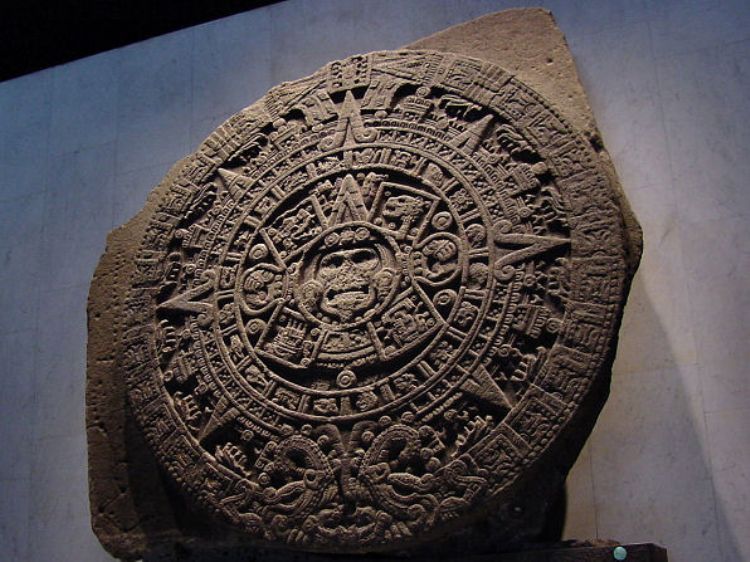
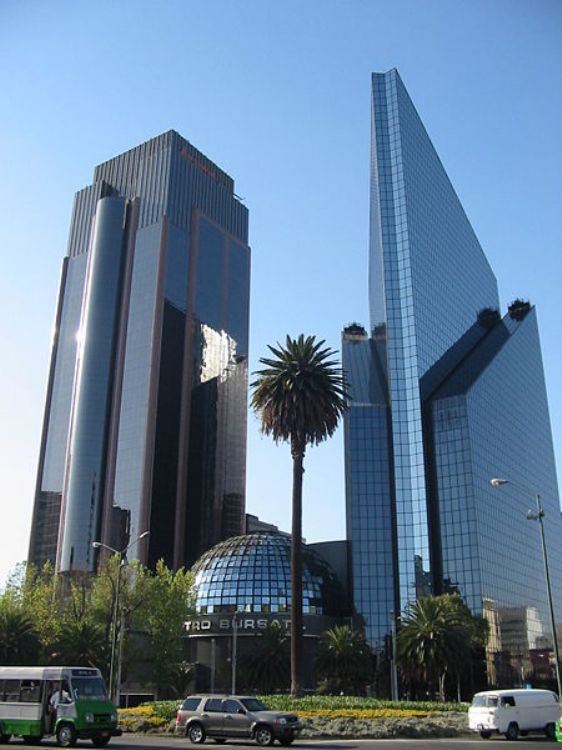
.jpg)
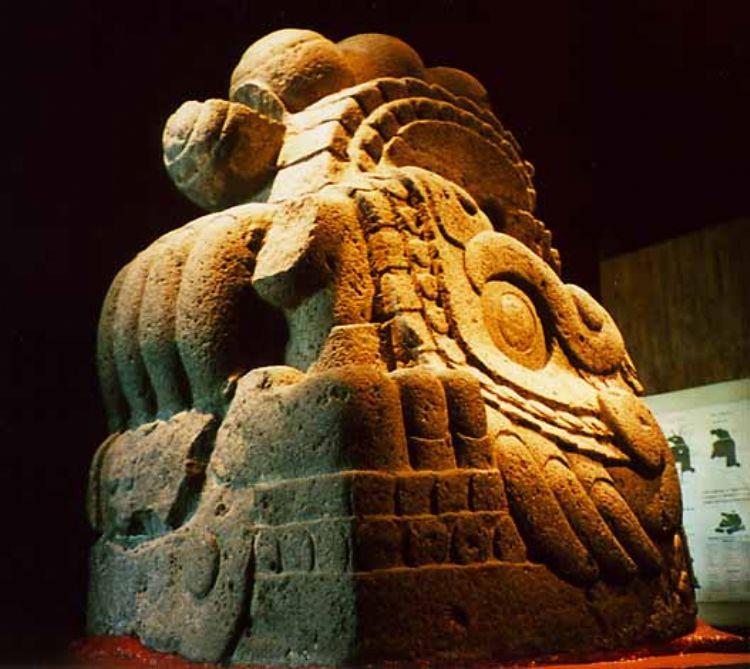
The Mexica called themselves original from the mythologic...
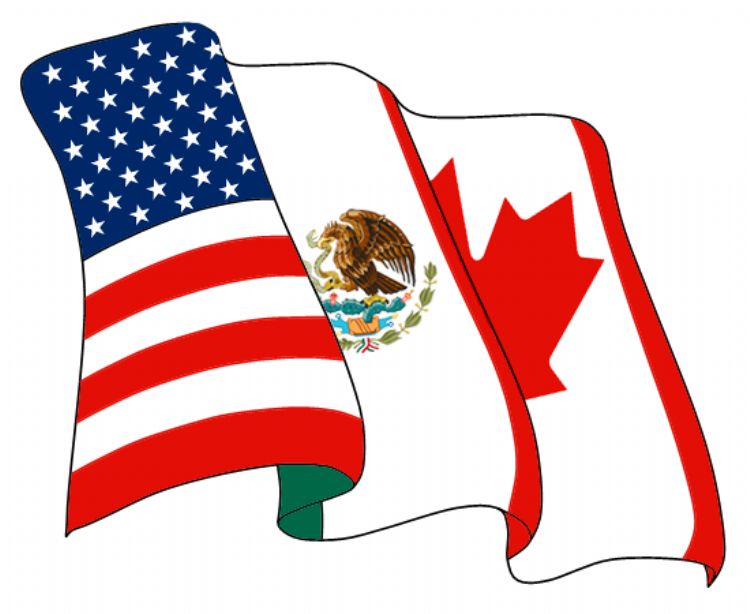
Free Trade Agreement Mexico - European Union
Read more
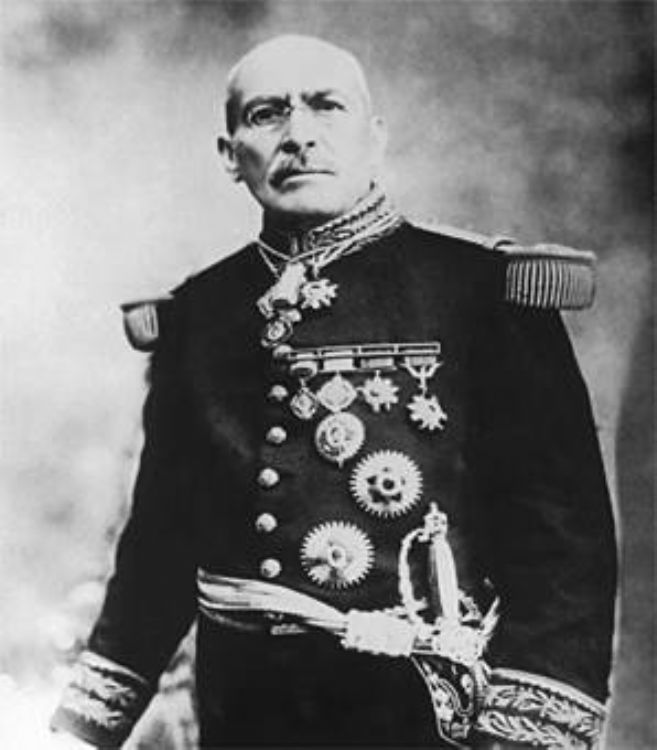
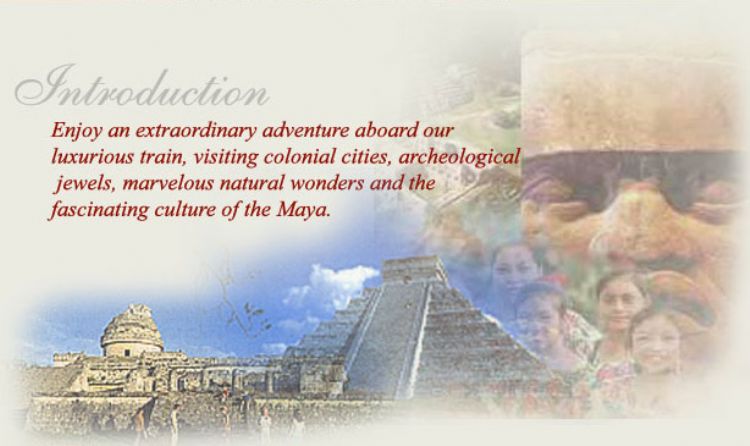
(We're sorry to tell you that this train is currently...
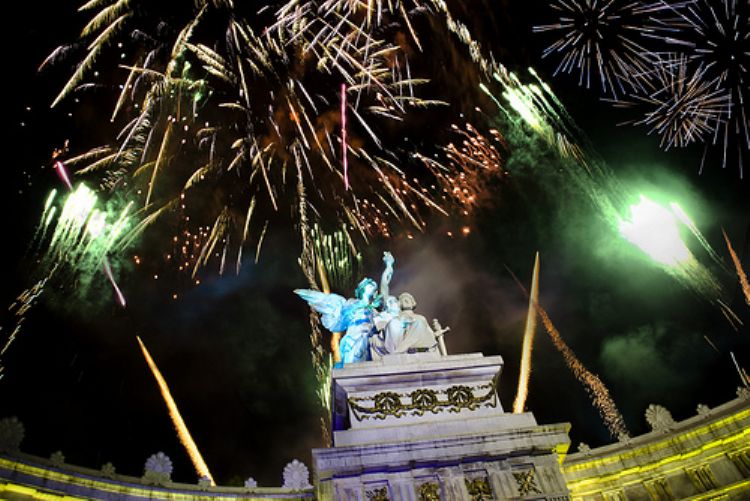
As is known to all, on September 15 is celebrated in Mexi...